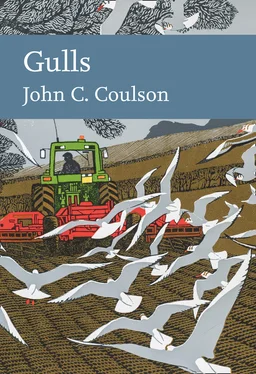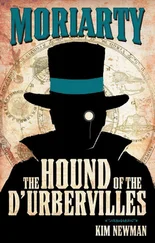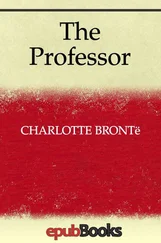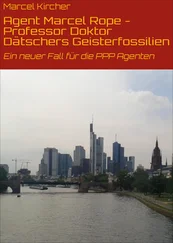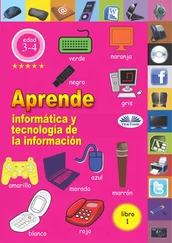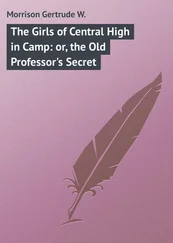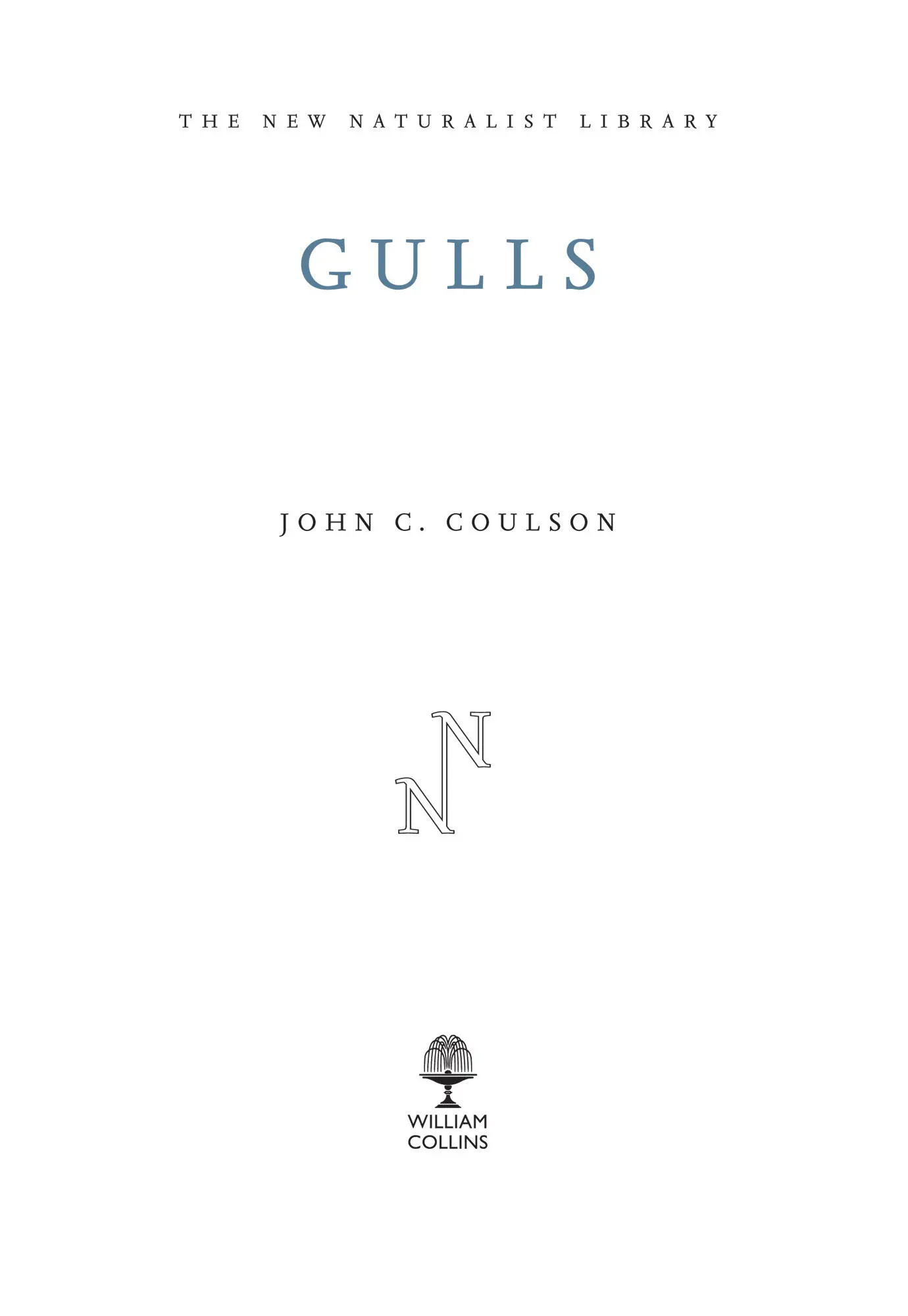
Copyright Contents Cover Title Page Copyright About the Editors Editors’ Preface Author’s Foreword and Acknowledgements 1 An Overview of Gulls 2 Black-headed Gull 3 Mediterranean Gull 4 Common Gull (Mew Gull) 5 European Herring Gull 6 Lesser Black-backed Gull 7 Great Black-backed Gull 8 Black-legged Kittiwake 9 Yellow-legged Gull 10 Little Gull 11 Rare Gulls in Britain and Ireland 12 Methods Used to Study Gulls 13 Urban Gulls 14 Conservation, Management and Exploitation of Gulls Appendices Select Bibliography and Further Reading Species Index General Index About the Author About the Publisher
William Collins
An imprint of HarperCollins Publishers 1 London Bridge Street London SE1 9GF WilliamCollinsBooks.com This eBook edition published by William Collins in 2019 Copyright © John C. Coulson, 2019 Photographs © Individual copyright holders John C. Coulson asserts his moral right to be identified as the author of this work Cover design linocut by Robert Gillmor A catalogue record for this book is available from the British Library. All rights reserved under International and Pan-American Copyright Conventions. By payment of the required fees, you have been granted the non-exclusive, non-transferable right to access and read the text of this eBook on-screen. No part of this text may be reproduced, transmitted, downloaded, decompiled, reverse engineered, or stored in or introduced into any information storage and retrieval system, in any form or by any means, whether electronic or mechanical, now known or hereinafter invented, without the express written permission of HarperCollins Publishers. Source ISBN: 9780008201425 Ebook Edition © April 2019 ISBN: 9780008201449 Version: 2019-02-11
EDITORS
SARAH A. CORBET, SCD
DAVID STREETER, MBE, FRSB
JIM FLEGG, OBE, FIHORT
PROF. JONATHAN SILVERTOWN
PROF. BRIAN SHORT
*
The aim of this series is to interest the general
reader in the wildlife of Britain by recapturing
the enquiring spirit of the old naturalists.
The editors believe that the natural pride of
the British public in the native flora and fauna,
to which must be added concern for their
conservation, is best fostered by maintaining
a high standard of accuracy combined with
clarity of exposition in presenting the results
of modern scientific research.
Cover
Title Page
Copyright
About the Editors EDITORS SARAH A. CORBET, SCD DAVID STREETER, MBE, FRSB JIM FLEGG, OBE, FIHORT PROF. JONATHAN SILVERTOWN PROF. BRIAN SHORT * The aim of this series is to interest the general reader in the wildlife of Britain by recapturing the enquiring spirit of the old naturalists. The editors believe that the natural pride of the British public in the native flora and fauna, to which must be added concern for their conservation, is best fostered by maintaining a high standard of accuracy combined with clarity of exposition in presenting the results of modern scientific research.
Editors’ Preface
Author’s Foreword and Acknowledgements
1 An Overview of Gulls
2 Black-headed Gull
3 Mediterranean Gull
4 Common Gull (Mew Gull)
5 European Herring Gull
6 Lesser Black-backed Gull
7 Great Black-backed Gull
8 Black-legged Kittiwake
9 Yellow-legged Gull
10 Little Gull
11 Rare Gulls in Britain and Ireland
12 Methods Used to Study Gulls
13 Urban Gulls
14 Conservation, Management and Exploitation of Gulls
Appendices
Select Bibliography and Further Reading
Species Index
General Index
About the Author
About the Publisher
Editors’ Preface Contents Cover Title Page Copyright About the Editors EDITORS SARAH A. CORBET, SCD DAVID STREETER, MBE, FRSB JIM FLEGG, OBE, FIHORT PROF. JONATHAN SILVERTOWN PROF. BRIAN SHORT * The aim of this series is to interest the general reader in the wildlife of Britain by recapturing the enquiring spirit of the old naturalists. The editors believe that the natural pride of the British public in the native flora and fauna, to which must be added concern for their conservation, is best fostered by maintaining a high standard of accuracy combined with clarity of exposition in presenting the results of modern scientific research. Editors’ Preface Author’s Foreword and Acknowledgements 1 An Overview of Gulls 2 Black-headed Gull 3 Mediterranean Gull 4 Common Gull (Mew Gull) 5 European Herring Gull 6 Lesser Black-backed Gull 7 Great Black-backed Gull 8 Black-legged Kittiwake 9 Yellow-legged Gull 10 Little Gull 11 Rare Gulls in Britain and Ireland 12 Methods Used to Study Gulls 13 Urban Gulls 14 Conservation, Management and Exploitation of Gulls Appendices Select Bibliography and Further Reading Species Index General Index About the Author About the Publisher
GULLS ARE A FAMILY OF DISTINCTIVE and easily recognised birds that are familiar to us all, whether we live close to the sea or many miles inland, and whether we live in urban or rural surroundings. Long gone are the days when the sight of flocks of gulls overhead or in nearby fields was taken as a sure and ominous sign of storms at sea. For most of us today, birdwatchers or not, gulls are genuinely everyday birds, as common a sight as Woodpigeons (Columba palumbus) or the various members of the crow family. Other than in immature plumages (which may cause problems), the handful of commoner species are readily identifiable to those with any interest.
Seeking an expert author for a new book on gulls was a relatively easy task for the editors. Dr John Coulson was, until his retirement, Reader in Animal Ecology at the University of Durham, and has a lifetime’s experience of research into many aspects of gull (and other seabird) biology and ecology, with a particular focus on the Black-legged Kittiwake (Rissa tridactyla). He is an expert of world renown, and recipient in 1992 of the British Ornithologists’ Union’s highest accolade, the Godman-Salvin Medal, and in 1993 of the Waterbird Society’s Robert Cushman Murphy Prize.
A fulsome initial chapter introduces the gull family as a whole, including a succinct assessment of the rather complex current (worldwide) status of gull taxonomy. Things have changed dramatically since the eighteenth century, when Carl Linnaeus first established the single genus Larus, containing all the then known species! After this, the reader is treated to nine chapters – each in effect a treatise – on the regular British and Irish gulls, including the latest newcomer, the rapidly increasing and very elegant Mediterranean Gull (Ichthyaetus melanocephalus). These are followed by chapters on the rarer species; methods used in studying gulls; urban problems; and conservation, management and exploitation.
In common with many components of our fauna and flora, times have changed for gulls, and not always for the better – as the author describes. They may not universally be seen as slender-winged, elegant seabirds, and to some – especially those living in or visiting towns or cities with rooftop gull colonies – they are raucously noisy neighbours. Similarly, many seaside promenades are blighted by the menacing presence of gulls with unblinking eyes seeking scraps, often boldly. Since the late twentieth century, even conservation bodies seeking to encourage nesting terns or other seabirds have resorted to culling in an attempt to limit predatory gull activity. In the last few decades, however, Herring Gull numbers, boosted in the second half of the twentieth century by the ready feeding opportunities offered by poorly covered landfill sites, have fallen to the extent that they themselves have become of conservation concern.
Читать дальше
